😗😁
LiquidPiston says its new XTS-210 solves the efficiency, lubrication and fuel type issues of Wankel rotary engines. This supercharged, liquid-cooled two-stroke claims 5X the power of an equivalent size or weight diesel engine, and 3X the torque.
😗😁
LiquidPiston says its new XTS-210 solves the efficiency, lubrication and fuel type issues of Wankel rotary engines. This supercharged, liquid-cooled two-stroke claims 5X the power of an equivalent size or weight diesel engine, and 3X the torque.

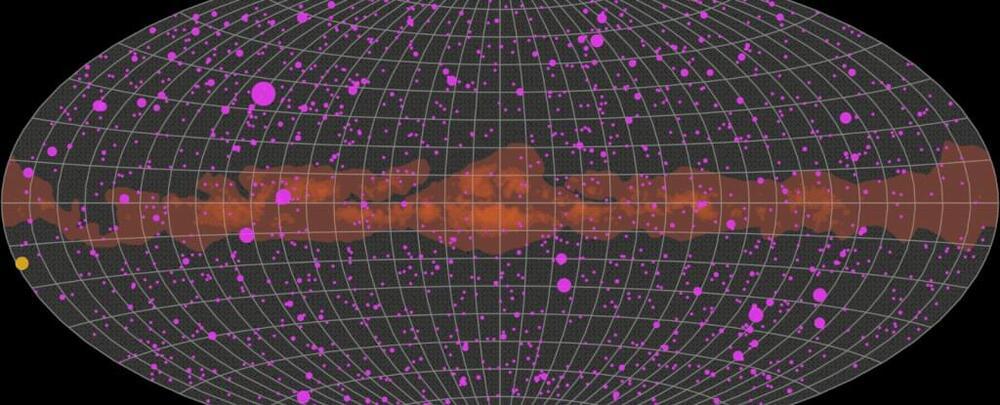
Most of the light streaming through the Universe is invisible to human eyes. Beyond the mid-range wavelengths we can see, there’s a whole cosmos shining in high-and low-energy radiation.
But we humans are clever little animals and have managed to build instruments that can see the light we cannot. One of these is NASA’s Fermi Gamma-ray Space Telescope, an observatory hanging out in low-Earth orbit, monitoring the sky for gamma rays, the highest-energy light in the Universe.
Fermi constantly surveils the entire sky, observing gamma-ray sources and how they change over time, providing astronomers with a map of the various producers of gamma radiation that we can detect. This data is compiled into a catalog that scientists can use to probe the production of gamma radiation.
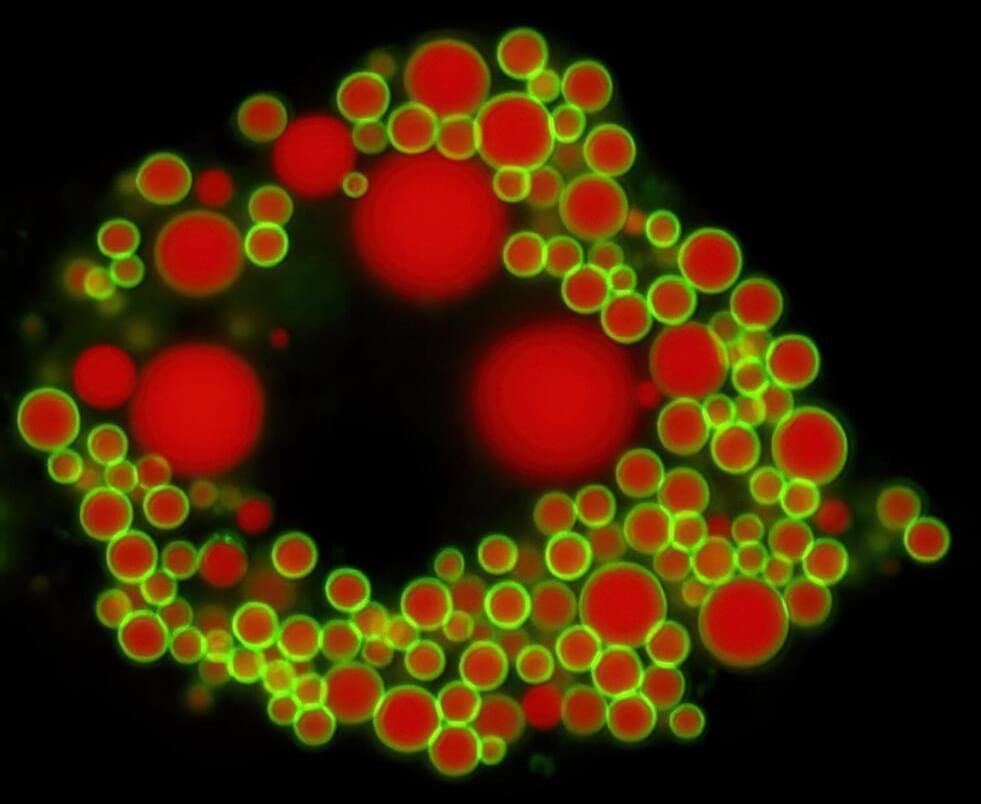
Fat molecules serve as energy storage for fat cells. They consist of three fatty acids attached to a backbone of glycerol. They are therefore also called triglycerides. It has long been suspected that molecules do not remain unchanged during their storage period. Instead, they are regularly broken down and reassembled—a process called “triglyceride cycling.”
But is this assumption even true, and if so: What would that be good for? “Until now, there has been no real answer to these questions,” explains Prof. Dr. Christoph Thiele of the LIMES Institute at the University of Bonn. “It’s true that there has been indirect evidence of this permanent reconstruction for the past 50 years. However, direct evidence of this has so far been lacking.”
The problem: To prove that triglycerides are broken down, and fatty acids modified and reincorporated into new molecules, one would need to track their transformation as they travel through the body. Yet there are thousands of different forms of triglycerides in each cell. Keeping track of individual fatty acids is therefore extremely difficult.
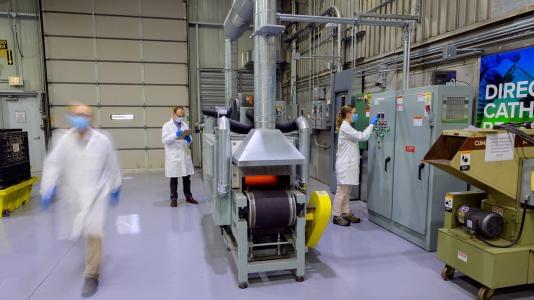
Researchers believe they’ve found a way to tap deeper into one of nature’s most impressive, life-sustaining mechanisms.
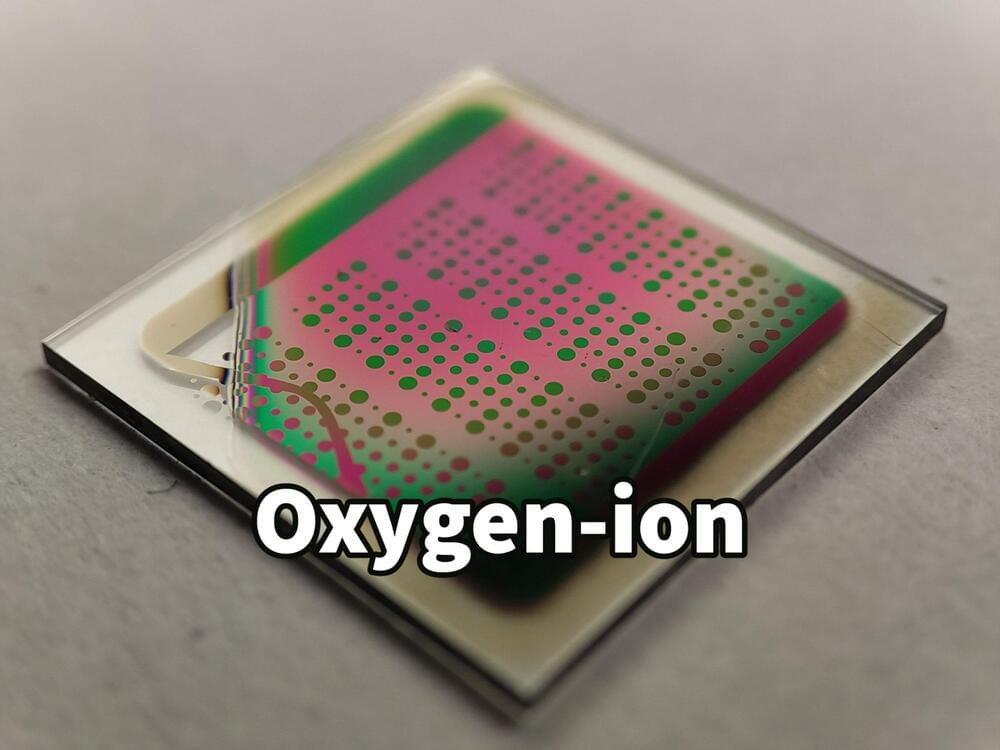
Li-ion batteries power almost everything these days, but their star is waning as more promising chemistries are developed. Scientists at the Technische Universität Wien (TU Wien) in Austria have invented a new battery type that uses abundant materials. The Oxygen-ion battery is cheap to produce and can last forever.
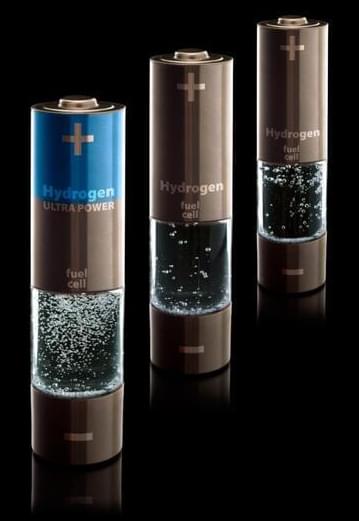
This could be the end of battery fires and protect battery supply from geopolitical risks.
Researchers at Texas A&M University in the U.S. have been exploring metal-free water-based battery electrodes that could one day be used for a wide range of applications, in place of the lithium-ion batteries popular today.
Lithium-ion batteries are at the core of the electrification of transportation that countries around the world are undertaking to reduce their carbon emissions. While the U.S. has ambitious plans to go shift to this cleaner way of transportation, it is also well aware of its shortcomings in this area.

Scientific literacy is based on the understanding that science is an ongoing human endeavor. It is a powerful instrument to understand the natural world and provides tools to augment scientific knowledge. It is the means by which a person can inquire, involve, discover, and draw meaningful inferences. A scientifically literate citizen is capable of evaluating different points of view based on appropriate evidence.
Learn more about the scientific method.
Every day, there are newspaper stories related to pharmaceuticals, energy needs, and the environment.
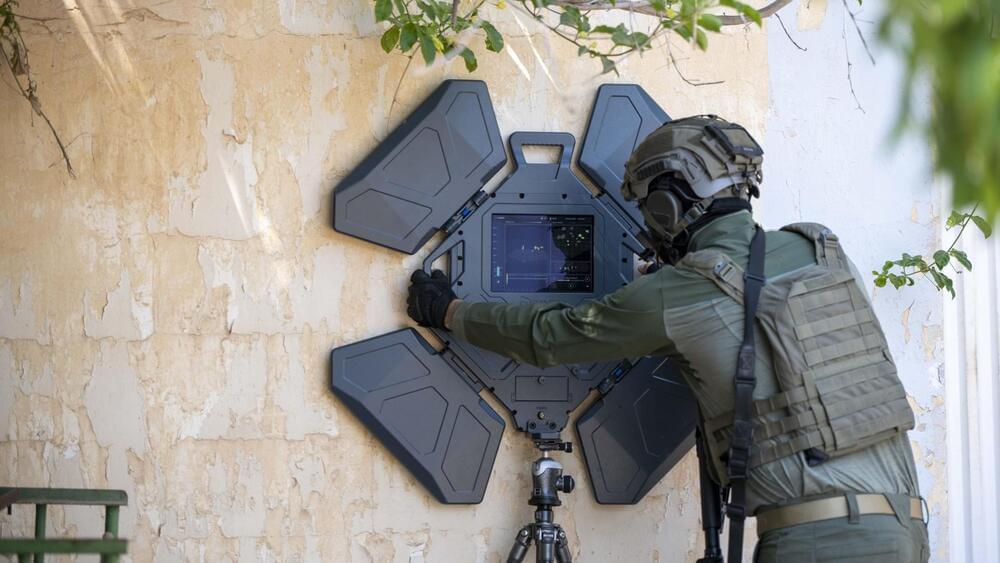
Camero-Tech, a firm based in Israel, has created a next-generation portable, high-performance imaging device that can actually “see” through walls. Called the Xaver 1,000, according to a press release from Camero-Tech, the company has now officially added this next-generation of the company’s product line.
Camero-Tech is a member of Samy Katsav Group (aka SK Group), and a world leader and pioneer in developing, producing, and marketing pulse-based UWB micro-power radar, like the Xaver 1000.